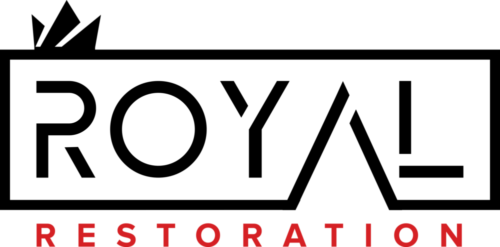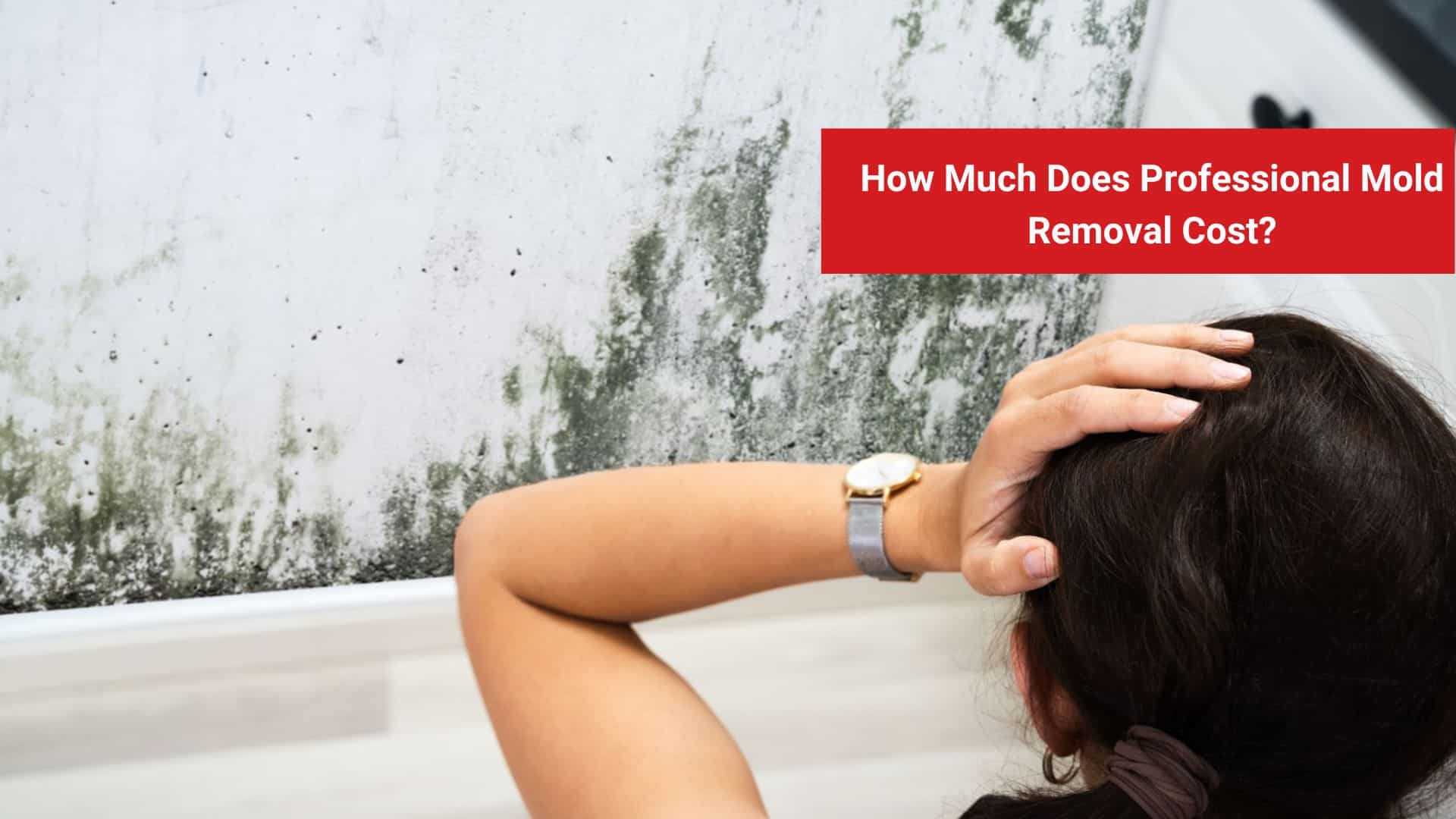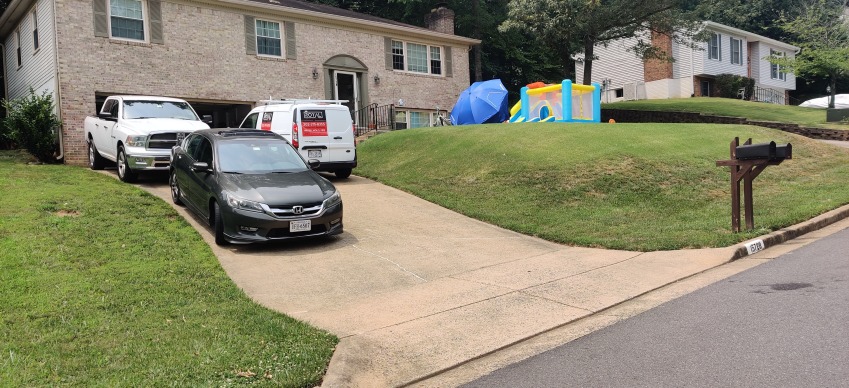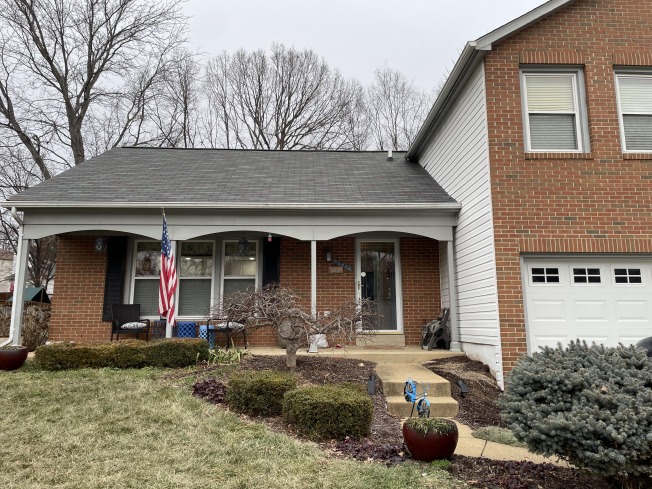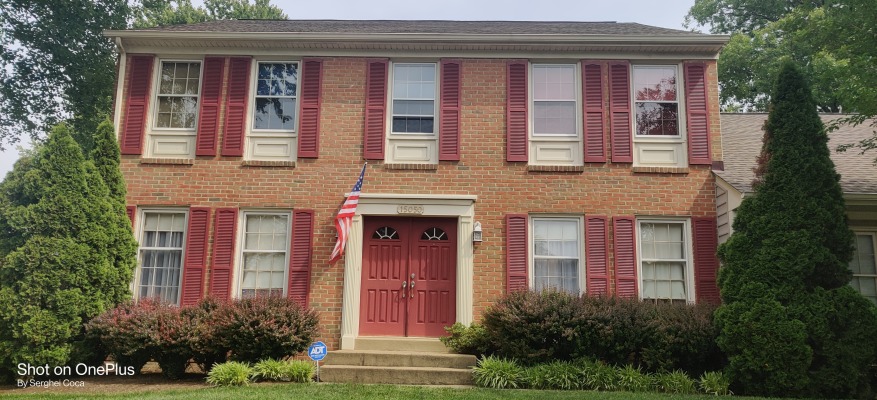Worried about those dark patches spreading across your walls? Most homeowners face this frustrating problem and try the DIY approach first using household cleaners to save money. But this quick fix often backfires. It only treats the surface while hidden mold continues growing behind walls and under floors, leading to bigger problems and higher costs later.
The average cost for professional mold removal ranges from $1,223 to $3,751. This price reflects the expertise and equipment needed to completely eliminate mold and prevent its return. Ignoring mold isn’t an option since it damages your home’s structure and puts your family’s health at risk. Let’s look at what drives these costs and how to know if you need professional help.
What’s the 2025 national average cost of mold remediation?
Angi and HomeAdvisor‘s latest data shows mold cleanup costs ranging from $1,223 to $3,751, with US homeowners paying an average of $2,365 nationwide. This price range isn’t fixed. Your final cost depends on several key factors. Small infestations might only cost $500 to treat, while severe cases can reach $7,000 or more. Major infestations affecting multiple rooms or requiring extensive structural repairs could push costs above $10,000.
Factors in Calculating Mold Remediation Cost
Your actual mold treatment cost is determined by a number of important factors. Remediation will cost extra if the mold is difficult to access or hidden from view. The size of the infestation, mold type, location of the growth, and accessibility of the affected area all play crucial roles in pricing. Learn how each of these factors impacts the cost of your cleanup by reading on.
Mold Remediation Cost per Square Foot
Mold infestation size directly impacts your final bill. A licensed mold removal company typically charges between $10 to $25 per square foot for remediation services. A 100-square-foot affected area costs around $1,000 to $2,500 to treat. These rates include the complete cleanup process from containment and removal to sanitization and preventive treatments.
The square footage rate also accounts for mold cleanup complexity. However, if mold has penetrated deep into building materials or spread into hard-to-reach areas like wall cavities and air ducts, expect to pay the higher rate of $20-25 per square foot. These challenging cases require more time, specialized equipment, and extra safety measures.
Mold Location
There are specific challenges and expenses involved in getting rid of mold in different parts of your house. Attics, wall cavities, and HVAC systems are examples of hard-to-reach areas that frequently call for specialized equipment and extensive labor, which drives up the expense of cleanup. The usual prices broken down by location are shown here.
| Mold Location | Average Remediation Cost |
|---|---|
| Attic | $1,000–$4,000 |
| Basement | $500–$3,000 |
| Crawl space | $500–$2,000 |
| Wall | $1,000–$20,000 |
| HVAC systems | $3,000–$10,000 |
| Bathroom | $500–$1,000 |
| Whole house | $10,000–$30,000 |
Attic Mold Remediation
Roof leaks and poor ventilation create ideal conditions for attic mold growth. Treatment costs depend on accessibility and damage extent. Severe cases might require roof repairs and insulation replacement, pushing costs higher. Professional remediation includes fixing leaks, removing damaged materials, treating affected areas, and improving ventilation to prevent future issues.
Basement Mold Remediation
Basement mold treatment varies based on finished versus unfinished spaces. Finished basements with wood paneling or drywall often require material removal and replacement, increasing costs. Concrete walls in unfinished basements may need less intensive treatment. Price includes moisture control solutions and waterproofing to prevent recurrence.
Crawl Space Mold Remediation
Dark, damp crawl spaces frequently develop mold problems. Professional treatment includes removing affected materials and installing vapor barriers. Encapsulation might be recommended to prevent future issues, though this adds $3,000-$8,000 to the base remediation cost. Proper ventilation installation helps maintain a dry environment.
Wall Mold
Surface mold removal costs less than full wall replacement. Drywall repairs cost $300 to $825, addressing both mold removal and restoration. Wooden walls demand special care, with treatments ranging from $700 to $5,000 to prevent structural damage. Concrete poses unique challenges. Treatment costs $1,000 to $10,000 due to mold penetrating porous surfaces.
HVAC System Mold
HVAC mold affects your entire home’s air quality and requires thorough professional treatment. Costs vary by system type:
- Radiant heat systems: $1,500 to $5,000
- Furnace and air handlers: $3,000 to $5,000
- Air conditioners: $6,000 to $10,000
Pro tip: Schedule regular air duct cleaning to prevent costly mold problems.
Bathroom Mold
Bathroom mold quickly spreads in this humid environment. Finding mold in your washroom and shower area signals potential plumbing problems. Common spots include under sinks, around toilets, and behind shower tiles, where hidden pipe leaks fuel mold growth. Basic surface treatment starts at $500, but costs jump to $8,000 if mold spreads behind fixtures or into walls.
Prevention is key. Fix leaks immediately, improve ventilation, and maintain proper caulking around tubs and sinks.
Whole-House Remediation
Full-house mold problems demand extensive treatment to protect your home and health. The cost covers removal, structural repairs, and replacing contaminated materials like carpets, furniture, drywall, and insulation. Prices vary based on your home’s size and infestation severity. Your insurance might help if mold stems from a covered water event; document everything with photos.
Mold Inspections and Tests
A professional mold inspection is recommended for a precise assessment and health protection. The EPA advises that while DIY test kits cost $10-$50, they often provide unreliable results and miss hidden mold. Professional inspections range from $300-$1,000 and offer a comprehensive evaluation through visual assessment, moisture readings, and advanced detection methods.
A certified mold inspector uses specialized equipment for air quality sampling ($250-$350), lab testing ($150-$200), and thermal imaging ($100-$300) to identify hidden moisture sources. These tools reveal mold problems invisible to the naked eye, particularly behind walls or under flooring. The detailed report provides clear recommendations for remediation steps.
Mold Type
Not all molds pose equal risks to your home and health. Professional mold testing, costing $450 to $800, identifies specific types to determine proper treatment. Different molds have distinct characteristics, some cause mild allergies while others pose serious health risks. Proper identification ensures effective remediation strategies and helps prevent future growth.
| Type of Mold | Average Remediation Cost |
|---|---|
| Chaetomium | $600 to $5,000 |
| Ulocladium | $600 to $6,000 |
| Alternaria | $700 to $6,000 |
| Aspergillus | $700 to $6,000 |
| White | $700 to $6,000 |
| Cladosporium | $700 to $6,000 |
| Green | $700 to $6,000 |
| Black | $800 to $7,000 |
| Serpula Lacrymans | $800 to $7,000 |
| Fusarium | $800 to $8,000 |
Here are the most common molds requiring professional remediation:
- Stachybotrys (Black Mold): This toxic mold appears dark green or black and thrives in damp areas with high humidity. Often grows on cellulose-rich materials like drywall, paper, and wood. Requires immediate professional removal due to serious health risks.
- Aspergillus: Commonly found in air conditioning systems and on food. Appears in various colors including green, white, or gray. Can cause respiratory issues, particularly in those with weakened immune systems.
- Penicillium: Blue-green colored mold often found on water-damaged materials. Spreads quickly through buildings and can cause allergic reactions. Common in basements, carpets, and insulation.
- Cladosporium: Olive-green or brown mold that grows in both warm and cold conditions. Often found on wood surfaces, HVAC systems, and painted walls. Can trigger asthma symptoms and respiratory problems.
Common Misconceptions: Many homeowners believe bleach kills all mold, it doesn’t. Bleach only removes surface mold on non-porous materials. Professional remediation is necessary for complete removal, especially when mold penetrates porous surfaces. DIY removal can actually spread spores and worsen the problem.
Signs of a Mold Infestation
Spotting mold early saves you from costly repairs and health issues. Here are key indicators that signal a growing mold problem in your home:
- Visible Spots and Discoloration: Watch for black, green, or brown spots on walls, ceilings, or corners. These patches often start small but expand quickly, especially in humid areas. Even small spots deserve attention as they indicate deeper moisture issues.
- Persistent Musty Odor: A lingering musty smell, particularly in basements or bathrooms, often reveals hidden mold. This distinctive odor comes from compounds released by active mold growth, even when the mold isn’t visible.
- Water Stains or Damage: Yellow or brown stains on walls, ceilings, or floors point to water problems. These damp areas create perfect conditions for mold growth behind surfaces. Address water leaks immediately to prevent mold development.
- Health Symptoms: Unexplained allergic reactions, respiratory issues, or headaches while at home may indicate mold exposure. Pay attention if symptoms improve when away from home but return upon coming back.
- Peeling Wallpaper or Paint: Bubbling paint or loose wallpaper suggests moisture trapped behind wall coverings. This hidden dampness often harbors mold growth, requiring professional inspection of wall cavities.
- High Indoor Humidity: Consistent humidity levels above 60% promote mold growth. Consider a humidity monitor, levels between 30-50% are ideal. Persistent condensation on windows or pipes also signals high moisture conditions that breed mold.
Preventive Measures to Reduce Mold Growth
Control moisture to stop mold before it starts. Keep indoor humidity below 60% by installing dehumidifiers in basements, bathrooms, and other damp areas. Fix leaky pipes, roofs, and windows immediately to prevent water accumulation. Proper ventilation is crucial. After showers, run your bathroom fan for 30 minutes to clear out steam.
Make monthly checks part of your routine. Look behind washing machines, under sinks, and inside cabinets for water marks or musty smells. Mold loves hiding in walls and dark corners, so consider getting professional moisture testing. Clean up any spills within 24 hours, mold can start growing that fast.
Improve air circulation throughout your home. Keep furniture slightly away from walls, avoid overpacking closets, and use air conditioners with HEPA filters. In basements, install waterproof flooring and maintain proper drainage around your foundation. Remember, spending a little on prevention now saves thousands in repairs later. Need help spotting potential problems? Royal Restoration offers expert home inspections
DIY vs. Professional Mold Removal Costs
According to the Environmental Protection Agency (EPA), DIY mold remediation suits only small areas (less than 10 square feet) of surface mold. Basic DIY supplies cost $50 to $300, including cleaning solutions and protective gear. Equipment rental runs about $30 daily, while purchasing equipment costs $80 to $200. Essential safety gear includes goggles, gloves, and an N95 respirator.
For larger areas or hidden mold, professional remediation becomes necessary despite higher costs. Professionals use specialized equipment, follow strict safety protocols, and provide thorough containment to prevent spore spread. They also identify and address underlying moisture sources, crucial for preventing mold regrowth. Most importantly, they test post-remediation to ensure complete removal. It’s a step DIY methods typically skip.
The cost difference between DIY and professional services reflects the complexity and risks involved. While DIY might seem cost-effective initially, improper treatment often leads to recurring problems and escalating expenses. The EPA warns that inadequate DIY remediation can actually worsen the situation by spreading spores throughout your home. Professional remediation includes essential steps like proper containment, air filtration, and complete removal of contaminated materials.
Don’t Let Mold Take Over – Act Now
Mold problems never resolve themselves. They only grow worse with time. Professional remediation is your best defense against extensive property damage and health risks. Early detection and treatment can save thousands in repairs while protecting your family’s well-being.
Every project teaches us something new at Royal Restoration. In a recent bathroom remodeling project, we discovered extensive mold behind seemingly pristine marble bathroom walls. This taught us that even premium materials need careful inspection. After several failed attempts by others, we discovered a cracked foundation causing moisture problems. Now we always start with detailed moisture detection before any mold removal.
Ready to tackle your mold problem? Royal Restoration offers comprehensive mold inspection, testing, and remediation services. Our certified technicians use advanced equipment and proven techniques to eliminate mold at its source. Call us today for a free inspection and estimate. Protect your home and family’s health with expert mold remediation you can trust.
Mold Removal Frequently Asked Questions
How much does it cost to remove mold?
Mold removal costs $1,223 to $3,751 on average. Price varies based on location, size of infestation, and type of surface affected. Small areas may cost $500, while whole-house remediation can reach $30,000.
Is professional mold removal worth it?
Yes. Professionals identify and fix moisture sources, prevent spore spread, and ensure complete removal. DIY methods often miss hidden mold and can worsen the problem. The EPA recommends professional help for areas larger than 10 square feet.
What kills 100% of mold?
No single product kills all mold completely. Professional remediation combines specialized cleaners, HEPA filtration, and moisture control. Proper removal requires addressing the source of moisture and removing affected materials.
Can you stay in your home during mold remediation?
It depends on the project size and location. For small, contained areas, you can stay home while sealed areas are treated. However, extensive remediation requires temporary relocation.
What are the dangers of inhaling mold?
Mold exposure poses serious health risks through respiratory problems, chronic sinus infections, and skin irritation. Many experience memory issues, persistent headaches, and weakened immune systems. Elderly people, children, and those with compromised immunity face higher risks and should avoid any exposure. For safe removal and health protection, contact Royal Restoration for professional remediation.
